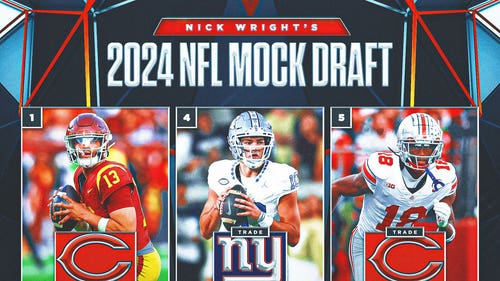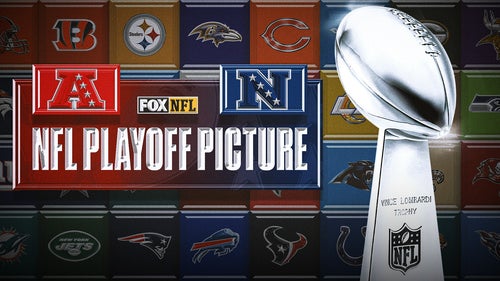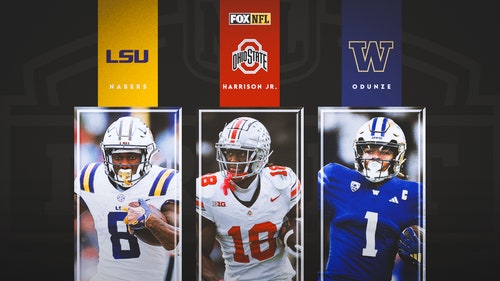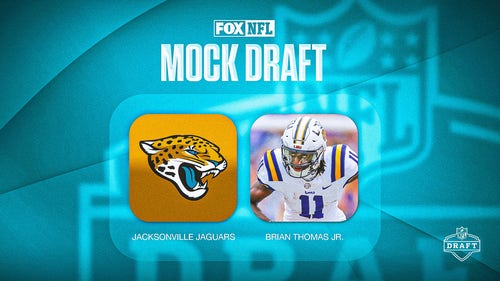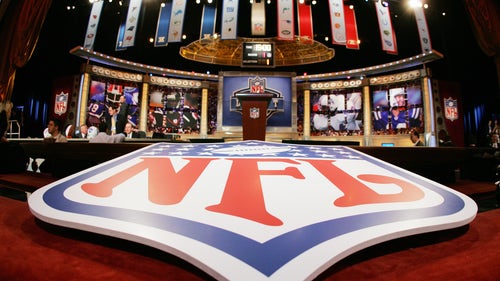
The Grass Is Looking Greener

“We’re studying the science. We’ll follow the medical experts.” Those were the words of Roger Goodell at 2009 Congressional hearings where the NFL was interrogated about its concussion policies and protocols. The league (and union) was chastised, even compared to the tobacco industry, for not doing enough in this area. The NFL responded; it has since been on a positive trajectory from the era depicted in League of Denial and Concussion.
This deference to science is now playing out again regarding another issue, one tangentially related to concussion management: marijuana use. Election day saw California, Massachusetts, Maine and Nevada legalize recreational use of marijuana, while Florida, North Dakota, Montana and Arkansas legalized marijuana for medical purposes. With hundreds of NFL players playing in those states and hundreds more living there in the offseason, the question has arisen whether players will now be able to light up as they please.
The answer, in a word, is no.
NFL Law: The CBA
Despite continuing legislative (and societal) acceptance, NFL law—that which has been collectively bargained by the league and the NFLPA—still prevents players using marijuana with immunity from penalties. While fans and media compare penalties for marijuana use to those for deflated footballs or domestic violence, the commissioner does not discipline players for marijuana use; the CBA does.
In an era where the NFL and NFLPA cannot agree on the color of the sky, they recently did agree on a revised drug policy that raised the threshold required for a positive test for marijuana from 15 nanograms of THC per milliliter to 35 nanograms (for comparison sake, major league baseball uses a threshold of 50 nanograms, and the World Anti-Doping Agency uses a threshold of 150 nanograms). “NFL law” regarding marijuana has been relaxed a bit as part of a revised policy that now includes testing for HGH. The raised thresholds answered player concerns for invoking a positive test due to second-hand smoke.
Unless players have tested positive for marijuana use before, they are only tested once a year during an offseason window between April 20 (yes, 4/20) and August 9. As I have often said, testing for marijuana in the NFL is not a drug test; it is an intelligence test, as players just need to stay clean for a limited amount of time.
Players who still test positive in these prescribed windows (or at the combine, where players know they will be tested) may have a true problem that requires counseling and/or rehabilitation.
Pain Game
Beyond recreational use, medicinal marijuana is gaining societal and legislative traction and causing former (and current) NFL players to question traditional NFL pain management. The most vocal advocate has been Eugene Monroe, the eighth overall pick of the 2009 draft who was recently released by the Ravens after a seven-year career spent primarily with the Jaguars.
Monroe turned to marijuana for pain management after years of feeling ill effects of team-prescribed opioids and has been a thoughtful advocate of cannabis. I spoke with Monroe on my Business of Sports podcast; he seemed genuinely concerned about the greater good. Here are some excerpts:
On the misuse of opioids in the NFL:
My first few years in the NFL with the Jaguars, every active player was handed a Vicodin prescription by one of the trainers before the game. Thankfully I was able to avoid any sort of addiction, but I understand why current players don’t talk about any addictive things in their lives if they are having a problem. It’s not their fault; these are powerful drugs that are causing these problems not just in the NFL community but widespread throughout our country.
On his release from the Ravens:
I don’t discount that [marijuana advocacy] could have been a factor. Coach Harbaugh made some statements when he was asked about it, but no one from the organization ever approached me. I would have welcomed that conversation, knowing that what I am doing is on the side of science.
On marijuana for concussion treatment:
I’ve had conversations with the NFL VP of player health and safety and also with the NFLPA side about research about cannabis protecting the cells against traumatic brain injury. We certainly have a high level of traumatic brain injury in all levels of football that needs to be addressed. So we’ll see how this plays out as an opioid replacement and also for neuro-protection.
On societal (and potential NFL) acceptance:
We have a stigma surrounding the drug. There’s no reason for a player to be punished for consuming a substance that is much safer and less toxic than many of the drugs that many NFL team doctors prescribe on a daily basis. I think there is enough data currently that shows that no adult should be punished for consuming cannabis. We know it is safer than many of the things allowed by the NFL like alcohol and tobacco.
Monroe is also putting his money behind his advocacy. He has donated $80,000 to fund cannabis research with football players at Johns Hopkins University and the University of Pennsylvania.
It will be interesting to see if Monroe’s efforts and meetings with the NFL and NFLPA lead to positive change. My sense, however, is that the league is not quite prepared for such change.
Not Ready Yet
The “follow the science” mantra previously used in answering questions about concussions may be a completely honest response as the NFL parses the medical benefits and risks of medicinal marijuana. My sense, however, is that this will take a while. The NFL does not present as a first mover on social and societal change (its potential embrace of Las Vegas comes only after the NHL placing a team there) and may be waiting for another league, perhaps the NBA under progressive commissioner Adam Silver, to dip its toe into the medicinal marijuana waters first.
• LEONARD MARSHALL: A Giant in the World of Medicinal Marijuana
Beyond societal and legislative pressure, my sense is that the NFLPA will have to drive change through collective bargaining of further relaxed (or no) standards for punishment. And, of course, the NFL will want something in return. A societal issue may well become a negotiating chip.
Thus, while the NFL “follows the science” on marijuana, there are certainly other factors at work. This will be an area to follow.
Brandt’s Rant
So now Roger Goodell and league officials are considering trimming the fat off NFL broadcasts? This has been my personal pet peeve for as long as I can remember, even when I was a team executive with the Packers (I always caught up on reading material during the timeouts).
The NFL has never apologized for making viewers commit 200 minutes for a game featuring 11-12 minutes of actual action. The NFL’s admission to finally address this suggests true concern about the ratings decline and, perhaps more importantly, the diminishing attention span and increasing options for viewers.
I have long thought the true threat to the NFL’s continued popularity and prosperity to be neither concussions nor another sport passing it by. Rather, it is this: consumers increasingly want their entertainment in shorter and more pre-packaged bites. While there will forever be a group of hardcore NFL fans that will consume full games no matter the options, that number will dwindle.
Of course, networks must cover their massive rights fees by selling as much commercial inventory as possible. However, soccer broadcasters make it work in a game of continuous action, and the NBA and NCAA recently negotiated stunning rights packages for a two-hour product. Smart and innovative minds from the NFL, the networks and the advertising community can figure this out.
My prediction (and hope) is that NFL games will become closer to a 2.5-hour product than a 3.5-hour product within the next five to 10 years. Indeed, consumers will demand it.nfl
• Question? Comment? Story idea? Let us know at talkback@themmqb.com
This article originally appeared on








































































































































